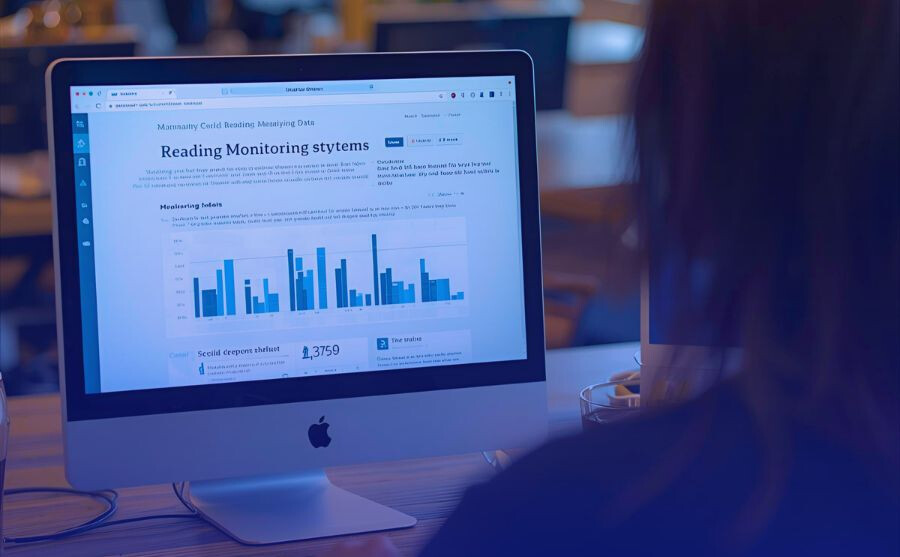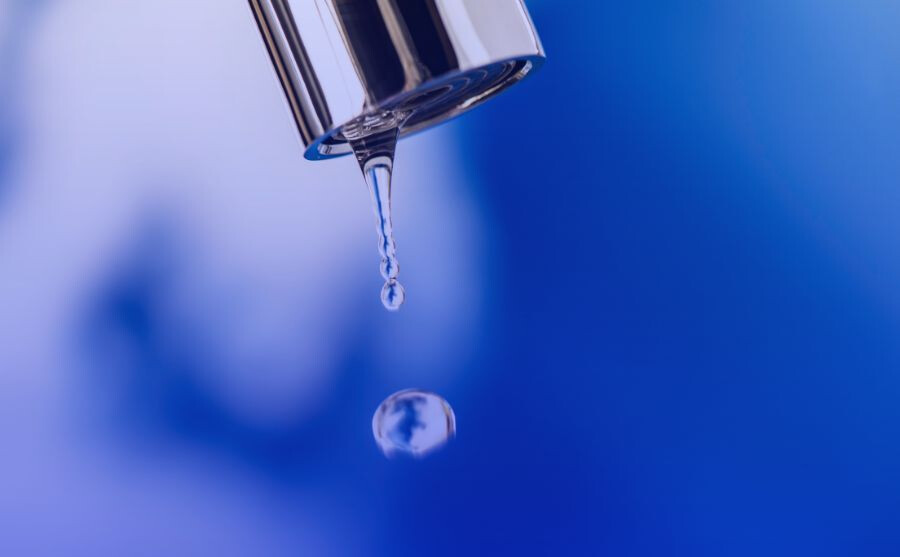

9/29/2025



The digitisation of water services is making significant progress, and one of the most important developments concerns the introduction of smart water meters with integrated valves. These devices respond to the growing need among operators to manage water arrears remotely, with an efficient, timely approach that complies with the regulations of the Authority.
Unlike the gas sector, whose arrears we have already discussed previously, water is, by definition, a basic necessity. Legislation, in line with European principles, protects the right of access to a minimum vital quantity of resources, even in the case of users in arrears. However, a planned limitation of the flow is permitted to encourage regularisation of payments.
This means that distribution companies can reduce the supply to the so-called “minimum vital”, a daily limit of litres of water established by local regulations, while still guaranteeing an essential supply. As long as this limitation could only be achieved through manual intervention, management costs were high and the timeliness of intervention was reduced, especially in the case of meters installed inside homes. The introduction of smart meters with remote management functionality and integrated valves, on the other hand, allows these processes to be managed remotely, eliminating the need for physical intervention.
Traditional water meters do not have any automatic shut-off or limitation mechanisms: in the event of non-payment or the need to interrupt or activate a supply, it was (and still is, in many cases) necessary to send a specialised technician to the site. This method involves long waiting times, high operating costs and practical difficulties, such as physical access to meters located inside private homes or in hard-to-reach places.
The arrival of smart meters with remote communication modules (RadioFrequency, NB-IoT, etc.) represented a first step forward, allowing consumption to be read without physical intervention. However, without an integrated valve, active flow management was still dependent on manual intervention.
The new generation of smart meters with integrated or external valves solves this limitation: the valve, which can be controlled remotely, allows the water flow to be opened, closed or modulated automatically.
The adoption of smart water meters with remotely controlled valves offers multiple benefits:
In the event of non-payment or water scarcity, as mentioned above, it is possible to set up a reduced supply regime: the meter is programmed to deliver a maximum daily volume (e.g. 50 litres), after which the valve closes automatically until the following day.
When designing new smart water meters for the market, manufacturers are developing two main architectures for integrating the valve into the metering system:
The smart valve's functions go beyond simply reducing supply. The most common cases include:
Today, the installation of smart water meters with valves is still gradually spreading in Italy. Some operators are launching pilot projects and targeted replacements in areas with high rates of non-payment or water loss.
The future of this technology depends on three key factors:
The evolution towards smart water meters with integrated or external valves is a fundamental step in the digitalisation of water networks. Thanks to remote management, operators can address complex issues such as arrears and resource loss in a more sustainable and responsible manner, while guaranteeing everyone's right to a minimum vital supply.
In a context of climate change and growing attention to the efficient use of resources, technologies of this type are set to become a standard for the water service of the future.


9/29/2025


9/8/2025


7/7/2025

Want to know more?
We’d be happy to talk more in detail about your needs and explore how we can become your ideal partner, to assist you in your business venture of innovation, digitization and sustainability